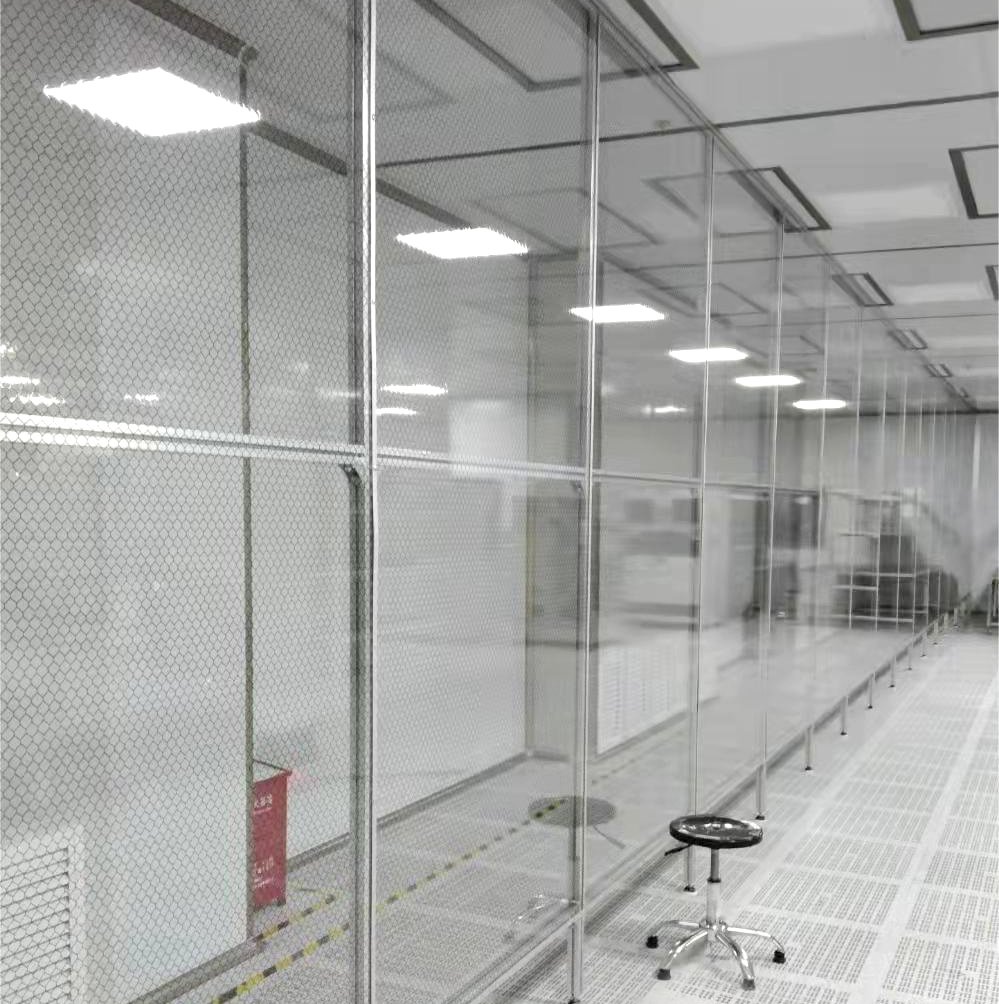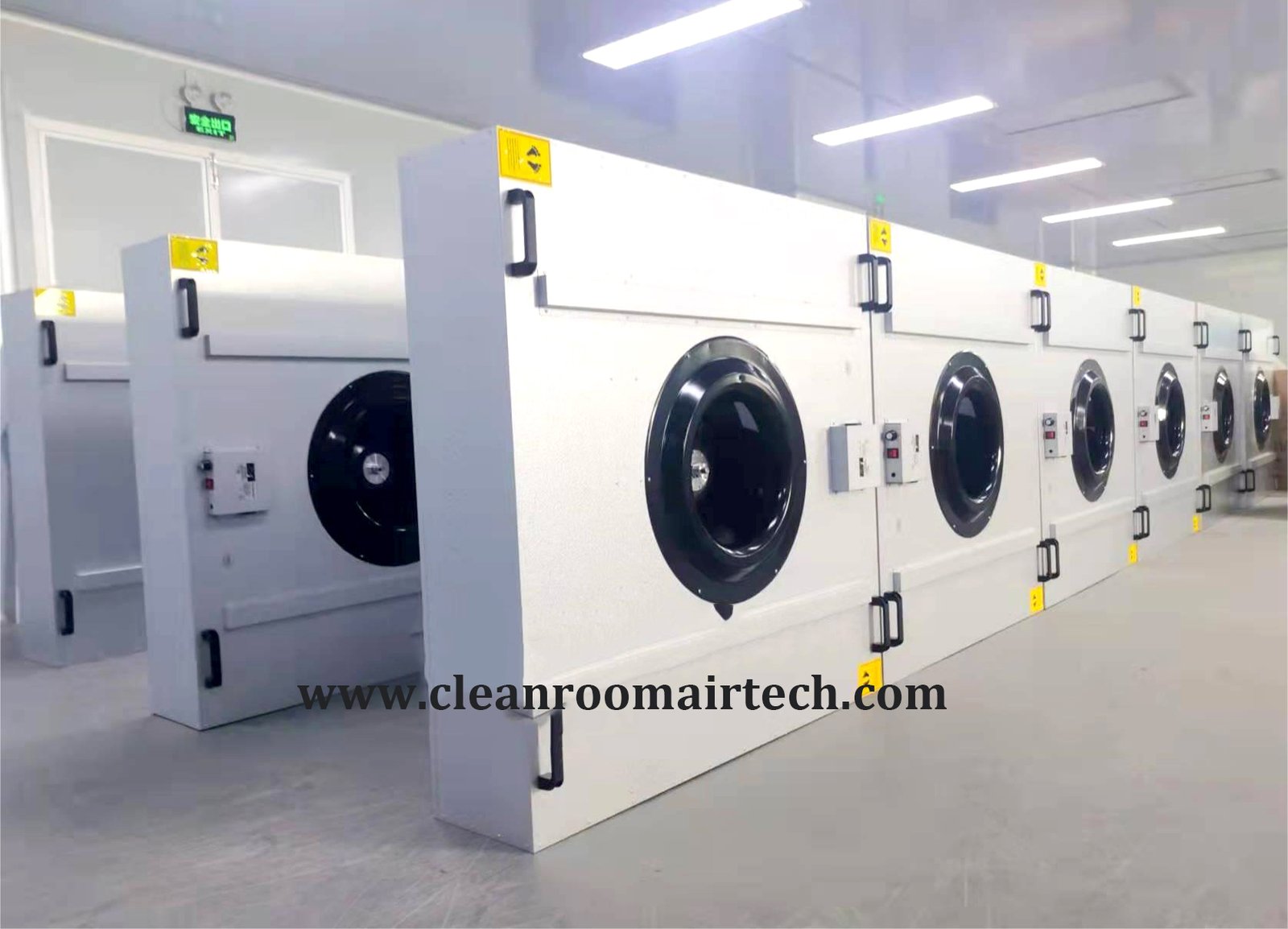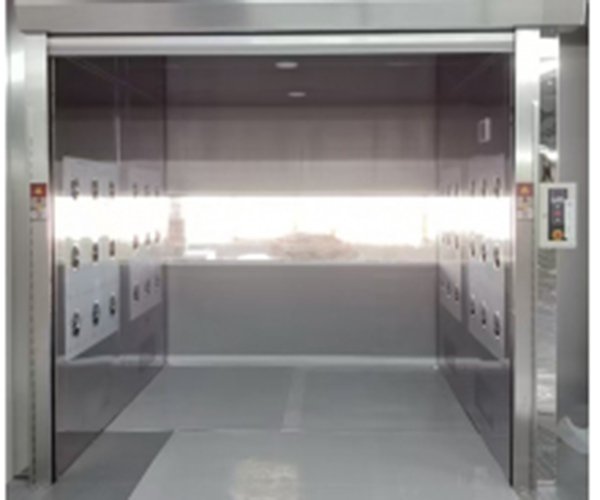In today’s high-demand cleanroom environments, maintaining top-tier air purity is no longer optional—it’s mission-critical. Among the many solutions out there, FFU (Fan Filter Unit) systems have emerged as a powerhouse in the cleanroom equipment market. Whether you’re building a pharmaceutical lab, a semiconductor line, or a Class 1000 workspace, a high-performance FFU system is essential for safety, consistency, and cost control.
Let’s break down seven compelling reasons why FFUs are dominating modern cleanroom setups—and how you can take advantage of their strengths.
1. Energy-Efficient Power with Smart Controls
One of the biggest advantages of using an FFU system is its extremely low energy consumption. Unlike traditional systems that waste power during continuous operation, FFUs are designed with smart microcomputer controls that help reduce your power bill while maintaining performance. This makes them a great long-term investment for facilities aiming to reduce operational costs without compromising on air quality.
2. Flexible Compatibility with HEPA and ULPA Filters
Another reason Fan Filter Unit systems stand out is their compatibility with multiple high-efficiency filters, including HEPA and ULPA. Whether your environment requires 99.97% filtration or higher, FFUs can easily accommodate the necessary filter grade, making them ideal for applications ranging from pharmaceuticals to electronics.
✅ Need top-quality HEPA filters? Check out our HEPA Filter Series.
✅ Explore our Compact Cleanroom FFU Units designed for modular installations.
3. Designed for Cleanrooms from Class 1 to Class 1000
The FFU’s versatility is unmatched—it’s suitable for use in Class 1 to Class 1000 cleanrooms. This adaptability allows businesses to scale their operations without needing to change the core air filtration infrastructure. Whether you’re just starting out or expanding into a larger cleanroom facility, FFUs provide a consistent and scalable solution.
4. Adjustable Speed Controls for Tailored Operation
No two cleanrooms are alike, and the FFU system knows that. It offers multiple control options for airflow speed, so you can easily match fan performance to your room’s specific cleanliness class. This level of control not only enhances operational efficiency but also ensures compliance with industry standards.
5. Low Noise, High Performance
Cleanrooms are often filled with sensitive equipment and delicate tasks. The Fan Filter Unit includes a built-in airflow guide system, which significantly reduces noise and air pressure loss. This optimized airflow design increases fan efficiency, providing powerful performance without the annoying hum of traditional systems.
6. Rigorous Quality Testing for Every Unit
Each Fan Filter Unit is tested before it leaves the factory, ensuring strict compliance with ISO14644-1 standards. Using particle counters, manufacturers individually scan each unit for particle control, ensuring reliable performance from day one. This commitment to quality provides peace of mind to facility managers and engineers alike.
7. Modular Setup for Custom Cleanroom Lines
FFUs shine when it comes to building custom cleanroom lines. Thanks to their modular design, you can use them as standalone units or combine them into a continuous air shower line for a Class 100-level production area. This makes FFUs particularly suitable for manufacturers needing localized contamination control at multiple stages of assembly.
What truly sets FFUs apart is their flexibility. Whether you’re upgrading an existing cleanroom or starting from scratch, FFUs adapt to your setup without major infrastructure changes. Their lightweight structure allows for easy installation in ceilings, walls, or custom enclosures. Additionally, integrating multiple FFUs ensures even airflow and uniform filtration across the entire controlled area, which is vital for sensitive industries like pharmaceuticals, electronics, and biotechnology.
Final Thoughts
If you’re planning or upgrading a cleanroom, investing in an Fan Filter Unit system is one of the smartest decisions you can make. From energy efficiency to noise reduction and scalable design, the benefits are clear—and the impact on your workflow can be immediate.





